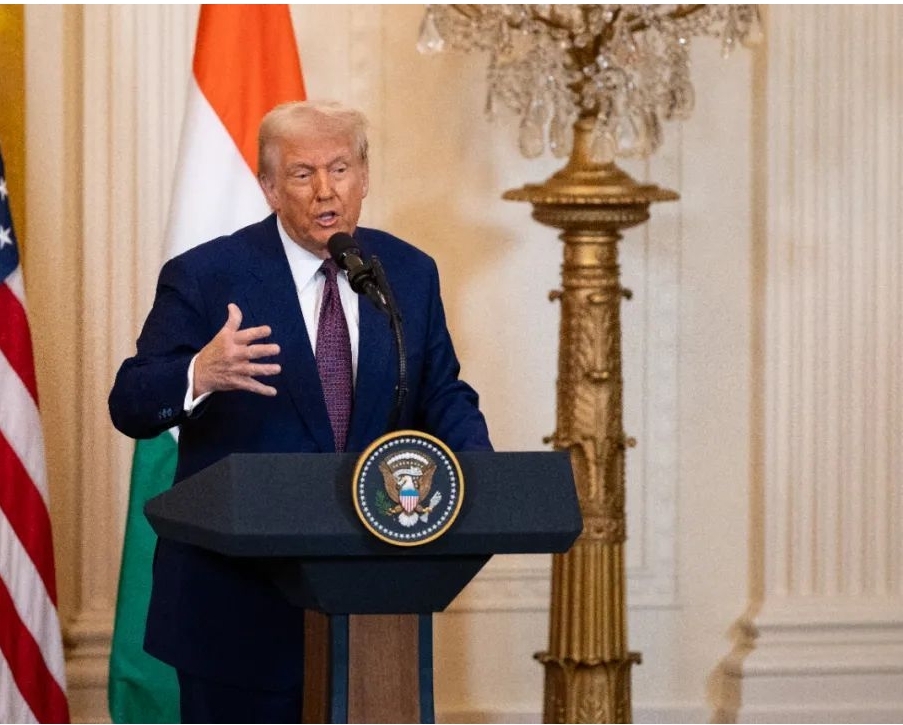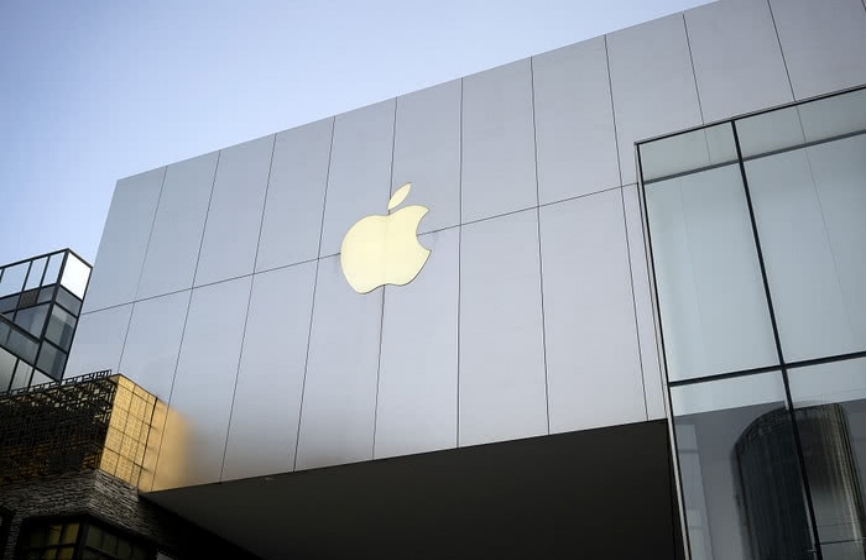
In May 2025, during his visit to the Persian Gulf, U.S. President Trump announced the lifting of economic sanctions on Syria and brokered Saudi Arabia's commitment to invest $600 billion in the United States. This series of policy adjustments signifies that U.S. influence in the Middle East is shifting from "comprehensive dominance" to "limited engagement," with the region gradually stepping into the "post-American hegemony era."
I. Strategic Retrenchment of U.S. Middle East Policy: From "Deep Involvement" to "Limited Disengagement"
The United States' hegemonic position in the Middle East can be traced back to the post-World War II era. After the 1991 Gulf War, the U.S. established a Middle Eastern order centered around itself through military interventions, economic aid, and political coercion. However, maintaining this order has come at a high cost. According to U.S. Department of Defense data, military operations in the Middle East from 2001 to 2021 alone cost approximately $8 trillion and resulted in the deaths of over 7,000 U.S. soldiers. More critically, U.S. military interventions have not brought about the expected stability but have instead exacerbated regional conflicts. Following the outbreak of the new round of the Israel-Palestine conflict in 2023, over 30,000 civilians have been killed in the Gaza Strip, and more than 2 million people have been displaced. Armed groups in Lebanon, Iraq, Syria, and other countries have frequently attacked U.S. targets, plunging the Red Sea region into a security crisis.
In 2025, the U.S. Middle East policy has undergone a fundamental shift. The Trump administration's decision to lift sanctions on Syria and promote the normalization of relations between Saudi Arabia and Israel marks a transition from "direct intervention" to "using commerce to promote politics." The direct catalyst for this shift is domestic political pressure. During the 2024 U.S. presidential election, tech giants like Elon Musk invested heavily to support the Republican Party, only to see Tesla's stock price plummet and face strong investor backlash against political interference. This situation of "burning money with no results" has forced the United States to reevaluate the costs and benefits of its Middle East policy.
II. Reshaping of the Middle East Geopolitical Landscape: Multipolarity and Indigenization
The direct consequence of U.S. strategic retrenchment is the multipolarization of the Middle East's geopolitical landscape. Saudi Arabia has emerged as a central player in this process. In 2025, Saudi Arabia committed to investing 600billionintheUnitedStates,withthepotentialtoexpandthisto1 trillion. These funds will flow into U.S. stock markets, bond markets, and infrastructure. However, Saudi Arabia's investments are not a one-way dependency but rather a strategic move based on its own interests. Through economic cooperation with the United States, Saudi Arabia aims to achieve diversified development in energy transition, defense technology, and other fields, reducing its reliance on the oil economy.
At the same time, a "wave of reconciliation" among Middle Eastern countries has accelerated the region's autonomy. In 2023, Saudi Arabia and Iran restored diplomatic relations with Chinese mediation, and in 2025, Syria rejoined the Arab League. These diplomatic breakthroughs indicate that Middle Eastern countries are resolving internal conflicts through dialogue and cooperation rather than relying on external intervention. For example, in April 2023, Saudi Arabia sent a delegation to Sana'a, the capital of Yemen, to negotiate with the Houthi rebels, achieving a breakthrough in the Yemeni peace process. The rise of such localized solutions marks a decline in the region's reliance on external hegemony.
III. Redistribution of Economic Interests: Energy, Investment, and Infrastructure
Another impact of U.S. strategic retrenchment is the redistribution of economic interests in the Middle East. Saudi Arabia's massive investment in the United States not only involves energy and defense sectors but also encompasses infrastructure and technological cooperation. For instance, the United States has agreed to sell Saudi Arabia $142 billion worth of weaponry, including advanced missile defense systems, space technology, and naval equipment. Behind this arms sale agreement lies Saudi Arabia's pursuit of defense autonomy. By importing U.S. technology, Saudi Arabia hopes to enhance its indigenous military industrial capabilities and reduce its reliance on U.S.-made weapons.
In addition, Middle Eastern countries are actively attracting global capital to participate in post-war reconstruction. After the new Syrian government took office, the United States lifted sanctions on Syria, providing opportunities for the international community to participate in reconstruction. According to World Bank estimates, at least $250 billion is needed for Syria's post-war reconstruction, and Middle Eastern countries are improving their business environments and offering tax incentives to attract foreign investment. This redistribution of economic interests not only alters the power structure in the Middle East but also weakens the United States' ability to control the region through economic means.
IV. Challenges and Opportunities: The Middle East in the "Post-American Era"
The Middle East's entry into the "post-American hegemony era" is not without challenges. Lingering regional conflicts remain the biggest obstacle. For example, the Palestine issue remains the primary source of long-term tension in the Middle East. Despite the United States' attempt to bypass Palestine and promote the normalization of relations between Arab countries and Israel through the "Abraham Accords," this approach has sparked armed resistance from groups like Hamas. Following the outbreak of the new round of the Israel-Palestine conflict in 2023, the United States provided substantial military aid to Israel, prolonging the conflict and triggering a security crisis in the Red Sea.
However, challenges also bring opportunities. Middle Eastern countries are responding to external pressures through economic diversification, technological cooperation, and regional integration. For example, the UAE, Qatar, and other countries are vigorously developing renewable energy to reduce their reliance on fossil fuels. Saudi Arabia's cooperation with China under the "Vision 2030" focuses on areas such as artificial intelligence and 5G technology. These measures not only enhance the autonomy of Middle Eastern countries but also offer new opportunities for global investors.
The strategic retrenchment of U.S. Middle East policy marks the region's gradual entry into the "post-American hegemony era." This process is not merely the result of a unilateral U.S. withdrawal but a combination of the increased autonomy of Middle Eastern countries, the multipolarization of geopolitics, and the redistribution of economic interests. Despite ongoing challenges, Middle Eastern countries are exploring new development paths through dialogue, cooperation, and innovation. For the global community, the Middle East's "post-American era" is both a microcosm of the reshaping of the geopolitical landscape and a harbinger of changes in the international order.

Recently, according to 9To5Mac, the Apple Podcasts app was exposed to have the problem of automatically redirecting unsubscribed programs, and some of the redirected programs were suspected to contain malicious links.
Recently, according to 9To5Mac, the Apple Podcasts app was …
Recently, multiple Federal Reserve officials have publicly …
Ukrainian President Vladimir Zelensky met with French Presi…
In November 2025, South Korean e-commerce giant Coupang was…
On December 2, 2025, the international silver market witnes…
On November 30 local time, a report released by the Stockho…